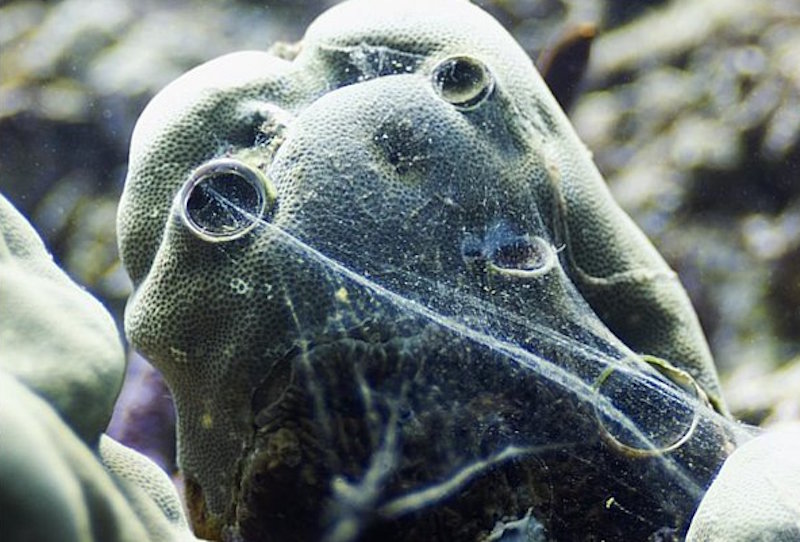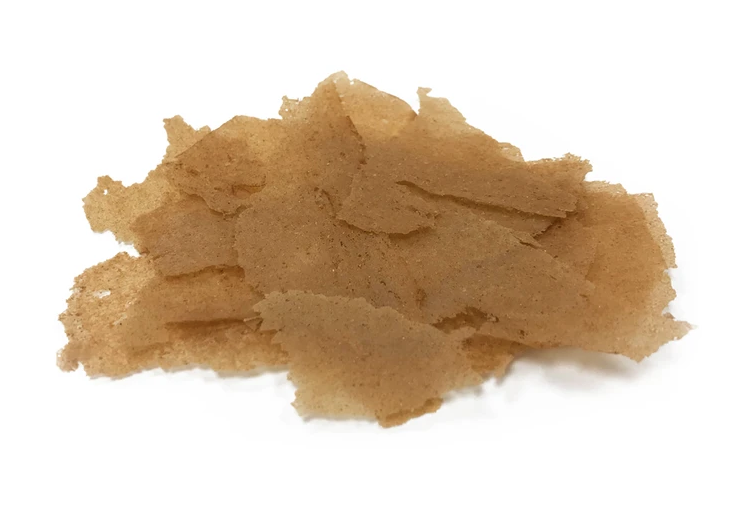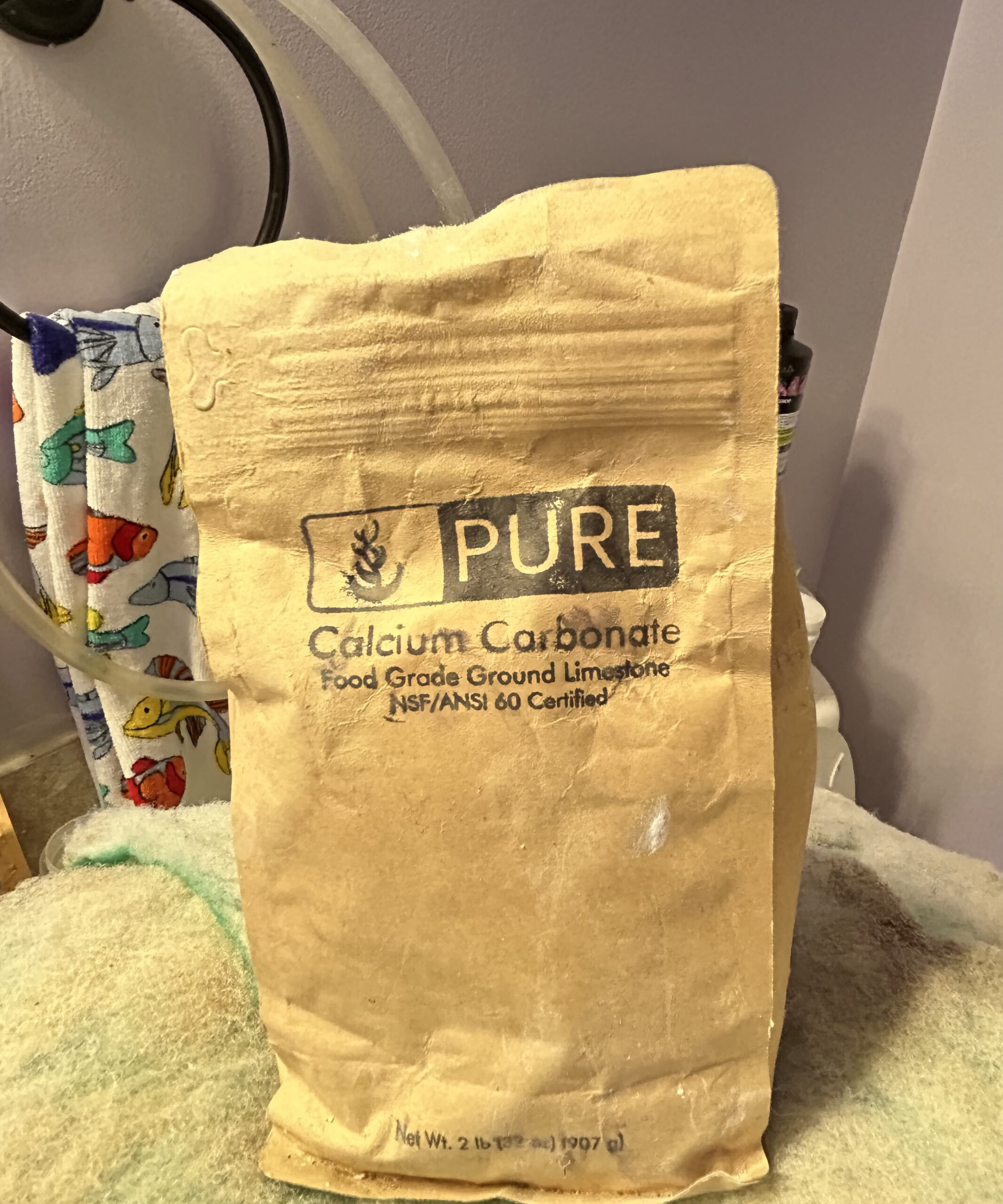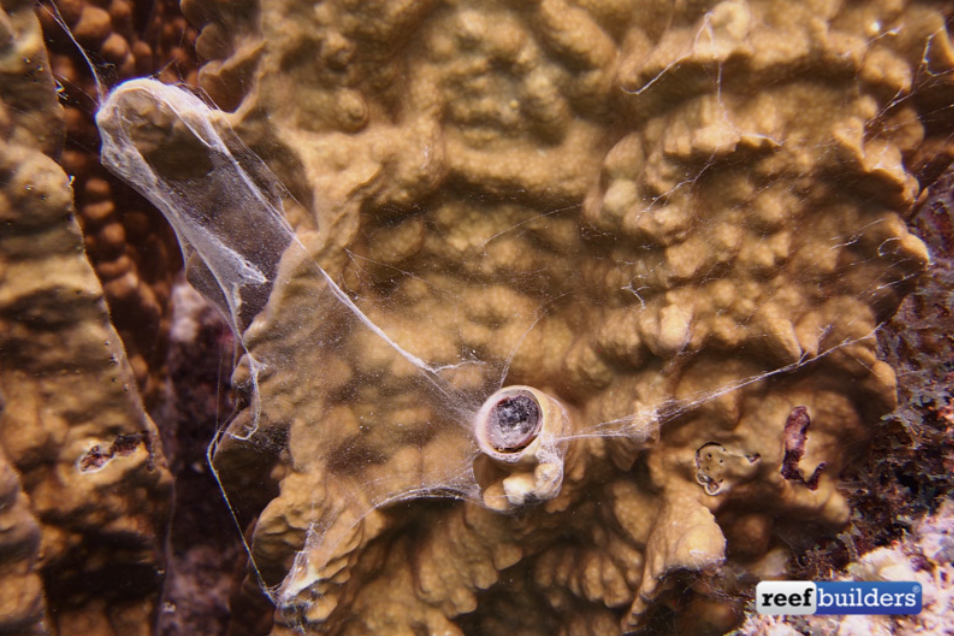In the early days of the hobby when we were just happy keeping anything alive, our next greatest joy was when we got something to reproduce. It could have been Caulerpa, Aiptasia, and then finally something like Xenia. Regardless of what it was, we were happy because the general consensus was that we were never going to be able to get anything to reproduce in our tanks.
Unfortunately, many of us have earned the hard way that we can get our invertebrates to reproduce in our tanks and we are especially successful at this if the animal in question is a pest. For whatever reason we can get the pests in our tanks to reproduce at astronomical rates. One of the worst of these now is the Vermetid snail, the pesky little worm that builds a calcareous tube around itself and is seemingly impervious to anything.
As you are reading this, I am sure you are thinking, “Mike must have every pest imaginable in his tank”. Sadly, after almost forty years of doing this, I have had or have seen just about every pest imaginable and yes it is frustrating, but I have learned how to get rid of most of them and that is what I hope to explain here as I have been asked by quite a few hobbyists of late how to do that. So I am assuming that they are becoming more and more of a problem.

What are Vermetid snails?
Vermetid snails or worms are the small creatures that grow around, under, and sometimes in corals and live rock. They initially come in or on live rock or the plugs that corals or frags come in on. At this phase, they are usually small in size and low in number, so they are not removed. Unfortunately, they grow quickly and reproduce even faster. The problem is usually not with their tubes, although if you have reached under a rock or coral and had the tube pierce your finger or hand you will disagree. The problem with them is actually with how they feed and what they do. They feed by sending out a viscous net that adheres to anything that it comes in contact with including food, detritus, and corals. This last part is where the problem lies, as this net over time irritates the corals that it comes in contact with, and if this irritation is not eliminated it can kill the coral.
As these worms get bigger these nets also get bigger so these worms and their feeding nets will irritate corals farther and farther away from their tubes. Not all corals are irritated to death by this, but enough are that these animals need to be removed. In addition to irritating the corals as they get bigger and more numerous they can also begin to compete for space and if left unchecked they can also become problematic in plumbing as they tend to like areas with good flow so that food is more readily available. Considering all of this there really is no good reason for not eliminating them, other than it is very difficult to do so.
Difficult to kill
As I mentioned, they secrete a hard tube around themselves and while this tube is hard enough to remove, the snail also has the capacity to seal the top portion off, so it is difficult to add anything to the tube to kill them. All of this also makes it difficult for anything to remove or eat them. I have tried several supposed natural predators, including Greenbird wrasses, which eat all worms and snails including fully open bristle worms, and Niger triggerfish, which have been reported to eat them as well, all to no avail. I have also tried bumblebee snails, which have proven to work in some instances. However, in 500-gallon tank I would have needed to use hundreds of them to make a dent in the population. These snails have worked in smaller tanks and also in small areas when I added a bunch of them to an area with a big population of these pests. Unfortunately, I have not gotten these snails to breed, unlike the Vermetids which breed like rats, or maybe its rats that breed like Vermetids.

Why are Vermetid snails becoming a problem?
Knowing that these worms have been around since the start of the hobby, why are they suddenly becoming more problematic? The first reason is probably because more and more of us are now feeding our corals and the food we feed our corals is also quite beneficial to the animals. Second, we are now bringing in more maricultured colonies than ever rather than wild colonies. While this is a good thing, the mounts that many of these corals are on, unlike wild colonies which are attached to nothing, often are the home to these and other pests. And lastly, as we have gotten more successful with our tanks, we can keep not only corals alive better, but also the pests that often live with them in the wild. Knowing what kind of pests these are, the question is how to eliminate them, and I mean eliminate not control as even if you leave only a few alive, they will come back and be problematic over time.
Prevention is better than cure
The first step is prevention. With anything you add to your tank, inspect it and remove anything that could become an eventual pest. I will talk about the dip and quarantine methods I use in a future article, and this should be done with any new piece. But since these are already in many tanks how can they be eliminated? The first step in removal is to use mechanical means. When these snails are spotted needle nose pliers, forceps, or coral cutters should be used to cut the tube as close to the base as possible. If done properly the snail out of its tube should be exposed and many fish will eat this tasty morsel.
If a snail is seen and it cannot be gotten to then super glue can be dabbed onto the top of the tube which when done right will seal its inhabitant into the tube. Unfortunately, I have seen the glue dislodge often before the snail dies so this method is not the best. If the piece of live rock or coral in which the snail is living can be removed from the tank it should be and the snails clipped off. This can be taken a step further and their holes doused with vinegar or mild acid, the rock rinsed, and then placed back in place. I have also tried coating them with kalkwasser paste and this has reduced their number as well, but not entirely eliminated them.

Starvation
To be honest, at best these mechanical methods are at best a stop-gap measure and while they may help in reducing their numbers to manageable levels or get them away from the corals they are irritating, they will not eliminate the problem long-term. For this, it takes a multi-step approach that I have developed over a couple of years and takes at least a month to fully implement. First, they need to be hungry, so they need to stop being fed. So, if the corals are being fed it needs to be stopped. Feeding also needs to be changed for the fish in the tank as well. Vermetids feed on detritus and if this detritus is fish food that has gotten into their nets it needs to be reduced. They also seem to prefer frozen foods like mysis, so this needs to be stopped as well.
When trying to eradicate these pests I have found it best to only feed the tank flake food. For whatever reason these worms do not like it and do not reproduce at the same rate when it is being fed. Feed a high-quality flake food when you are doing this as you do not want to starve the fish, and actually after having to do this for almost two months to finally eliminate these worms none of my fish seemed to suffer. After having all of this in place the actual method for eliminating these worms now comes into play.
Twice a day for the first week the live rock and corals need to be either basted with a bulb baster or washed with a small powerhead to get the detritus off the rock. Getting this detritus off the rock and into the water column stimulates the worms to start casting out their feeding nets. Once these nets are out pure calcium carbonate is basted onto their nets. Vermetid worms cannot pick what attaches to their nets, so they have to bring everything into their mouths. By filling them with inert calcium carbonate their guts become filled with undigestible matter and they starve. The formula for calcium carbonate that I use for this treatment is 2 tbsp to 1 liter of tank water and then dose half of that twice a day. Calcium carbonate has been used for a number of years as a tank clarifier and it will not affect the water chemistry in tanks where it is used. Treating the tank twice a day for the first week is just a start. Then once a day for the next 3-4 weeks, I have even had to go a total of eight weeks, this seems treatment is done. I usually do this right before the lights go out as the worms are usually more active at night.

Usually after two weeks a diminution in the number of worms is readily seen, but these are just the larger worms and the worms out in the open. So it is not time to stop, I have made this mistake, as there are still small worms and worms in the cracks and crevices in the tank that you can’t see. For this reason, it is necessary to continue this treatment for at least two weeks. If you look carefully you will often find worms in the overflows or sump. As long as these worms are alive, they will have the capacity to repopulate the tank. For this reason, the treatment should continue until these isolated worms are gone. Evidence that the treatment has been effective is when these tubes are broken off and they are completely empty.
Even after treatment is successful these need to be watched for and even more importantly if any new additions are made, they need to be worm free as well, otherwise, the problem just starts all over again. Every year we find more and new pests entering our tanks, causing problems. Over time we usually find solutions for combatting them. While not as problematic as some pests, Vermetid worms can still cause issues so they need to be eradicated.



